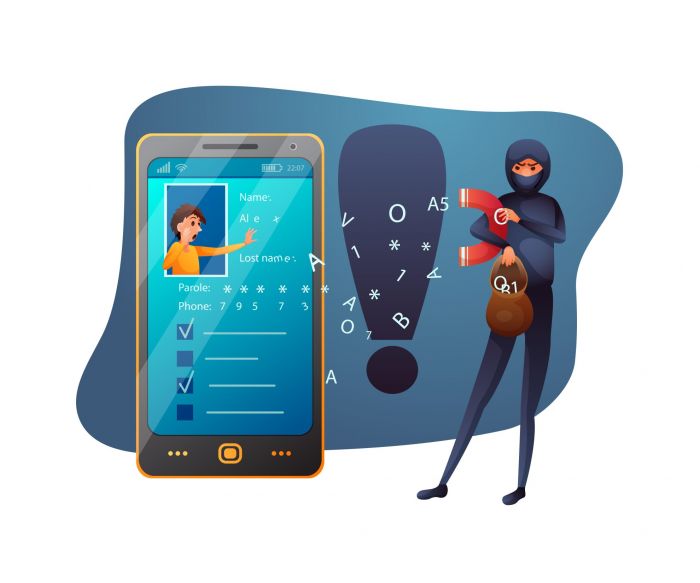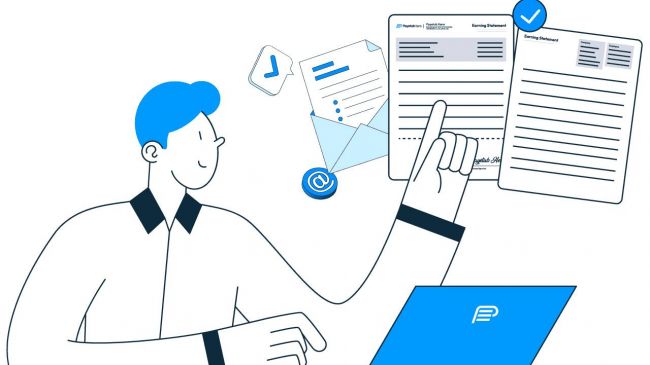The Mobile Device in Modern Investigations
The digital age has shifted the crime scene from physical spaces to digital devices. For law enforcement, gaining access to data on these devices is paramount in almost every type of criminal investigation, from minor offenses to serious felonies. This is where specialized police phone forensic software becomes indispensable, offering powerful capabilities to extract and analyze evidence. However, modern encryption and device security features often present a significant hurdle: locked devices. In these challenging situations, hardware-level exploits like checkm8 stand out, offering a vital pathway to critical data on otherwise inaccessible devices.
The Challenge of Locked Phones for Law Enforcement

Modern smartphones are designed with strong security features. Passcodes, biometric locks, and full-disk encryption protect user data. While excellent for privacy, these features pose significant challenges for police investigators who need to access evidence legally. Obtaining a warrant is one thing; actually getting the data off a locked or encrypted device is another entirely. This is where the technical capabilities of police phone forensic software are put to the test, and where specific vulnerabilities or exploits can become critical tools.
Police Phone Forensic Software: The Investigator's Digital Key
Police phone forensic software is a sophisticated category of tools specifically designed to extract, decode, and analyze data from mobile devices. These aren't consumer apps; they are powerful suites built for rigorous investigative work. Their capabilities include:
- Physical and Logical Extractions: Pulling data directly from the device's memory (physical) or accessing accessible files and applications (logical).
- Decryption: Attempting to bypass or overcome encryption to access protected data.
- Artifact Parsing: Automatically identifying and organizing various types of data, such as call logs, SMS messages, chat app conversations (WhatsApp, Signal), web browser history, GPS locations, and photos.
- File System Navigation: Allowing investigators to explore the device's internal file structure, even for deleted items.
- Reporting: Generating comprehensive, legally admissible reports of all extracted and analyzed data.
These tools are constantly updated to keep pace with new phone models, operating systems, and security features. However, even the most advanced software can hit a wall when faced with certain hardware-level protections.
Checkm8: A Hardware Exploit with Significant Impact
This is where checkm8 enters the picture. Checkm8 (pronounced "checkmate") is a bootrom exploit discovered in 2019 that affects a wide range of Apple iOS devices, specifically those running on A5 through A11 chips. What makes checkm8 particularly significant is that it's a hardware-level vulnerability. This means it cannot be patched by software updates, making it a persistent vulnerability for affected devices.
For law enforcement, checkm8 offers a crucial advantage:
- Bypassing Passcodes: It can allow investigators to bypass passcodes on affected devices, even if they are disabled or reset.
- Accessing Encrypted Data (Post-Boot): While it doesn't directly decrypt user data if the device is running, it allows for deeper access to the device's underlying file system in a vulnerable state, which can be critical for subsequent analysis or data extraction.
- Recovery Mode Access: It enables persistent access to the device's DFU (Device Firmware Update) mode, allowing forensic tools to load custom firmware or perform low-level data extractions that would otherwise be impossible.
The ability to leverage checkm8 with specialized police phone forensic software can turn a "brick wall" locked device into a source of vital evidence. This exploit has been a game-changer for many investigations involving older, but still widely used, iPhone models.
The Synergy: Police Phone Forensic Software and Checkm8 in Practice
In a practical scenario, a forensic investigator encountering a locked iPhone 8 (which uses an A11 chip) might first attempt standard logical extractions with their police phone forensic software. If unsuccessful due to the passcode, they could then utilize the checkm8 exploit. Once the device is put into a vulnerable state via checkm8, the software can then communicate with the device at a deeper level. This allows for more comprehensive data extraction, including files from the protected user partition, which might contain crucial communications, photos, or GPS data.
Leading forensic platforms often integrate support for exploits like checkm8, streamlining the process for investigators. For instance, Belkasoft forensic software includes features for acquiring data from a broad spectrum of mobile devices, and its capabilities extend to applying publicly available exploits and techniques to maximize data extraction from challenging devices. This ensures that law enforcement agencies have the most effective tools at their disposal to confront the complexities of mobile forensics without compromising legal standards.
Evolving Tools for Evolving Challenges
Modern police phone forensic software, coupled with critical hardware exploits like checkm8, provides investigators with essential capabilities to overcome these hurdles. As mobile security grows more sophisticated, forensic methods must evolve in parallel. Meeting this challenge demands not only tools that keep pace with technology but also uphold the strict legal and technical standards required for admissible digital evidence.
Selecting the right forensic platform—just like choosing any mission-critical software for your organization—requires a structured evaluation process. Factors such as data scope, exploit compatibility (like checkm8 support), legal compliance, and update frequency must all be weighed carefully. For law enforcement agencies and security firms navigating this process, this guide on software selection strategy offers practical insights that can also apply to the digital forensic domain.
Post Comment
Be the first to post comment!





